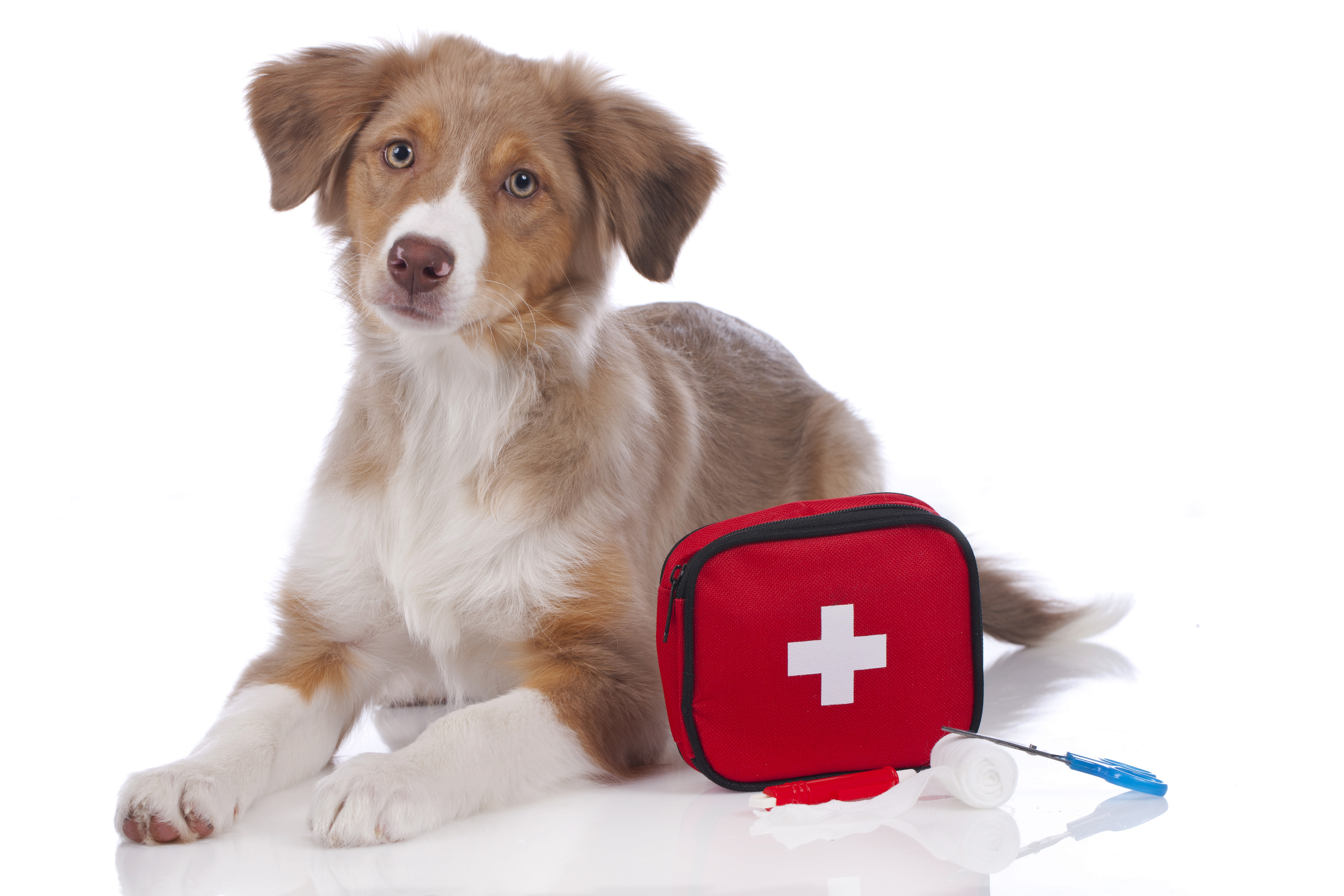As a pet owner, you know that your pet is an important member in your family. That’s why it’s important to be prepared for any emergency situation with some basic knowledge of pet CPR and first aid. Knowing what to do in case of an emergency could be the difference between life and death for your beloved pet. Let's break down how to provide basic pet CPR and first aid for your pup.
Pet CPR
Pet CPR is an excellent skill to possess as a pet owner, as it can help save your furry friend’s life if he or she stops breathing or has no pulse. To begin, make sure you have gloves on before touching your pet. Then, use two fingers to check for a pulse at the inside of their hind leg near the thigh bone. If there is no pulse, you will need to start chest compressions immediately (see below). If you do feel a pulse, move on to administering rescue breaths. Place your mouth over the nose of your pup and blow air into his or her nostrils until you see his or her chest rise (about one full second). After each breath, check for pulses again continuously until help arrives.
Chest Compressions
If there is no pulse present in your pup when checking the inside of their hind leg near the thigh bone, then chest compressions must be administered immediately. Place one hand over the other and place them both on top of the ribcage behind their heart—this is where you will apply pressure when performing chest compressions. Push down firmly but not too hard; about 1/3-1/2 of the depth of their chest should do it—and release quickly so that blood can flow back into their heart chamber during that brief respite between pressures/pushes. Perform this 30 times at about 100-120 presses per minute. You may also find it helpful to practice on a stuffed animal with fur similar to that of your pup so that you are comfortable with proper technique if an emergency arises!
First Aid
In addition to knowing CPR, there are many other first aid skills that all dog owners should be aware of including wound care, heatstroke treatment, and more! For any wound care needed such as cuts or scrapes, flush with clean water and pat dry with a clean cloth before applying an antibacterial ointment and gauze wrap as needed depending on severity. If possible, bring them into a vet soon after any injury occurs so they can assess further needs such as stitches or medication if necessary. Also know how to identify signs of heat stroke which include restlessness & excessive panting in hot environments; move them somewhere cool like indoors with air conditioning or place cool towels around their body until they begin cooling off naturally (no ice!). Again, visit a vet if heat stroke persists even after cooling off efforts have been made by you.
Being prepared ahead of time is key when it comes to providing basic pet CPR and first aid in case of an emergency situation with your pup! Knowing these techniques could potentially save their life—so make sure you take some time now just to familiarize yourself with what steps should be taken in case something happens unexpectedly down the line!
Check with your local Woofie's team to inquire when they might be hosting the next community pet CPR class so you can attend and get practical experience on the above tips. From all of us at Woofie's, we care about the wellbeing of your pet, both in and out of our care, and wish you and your furry friends health and happiness!

